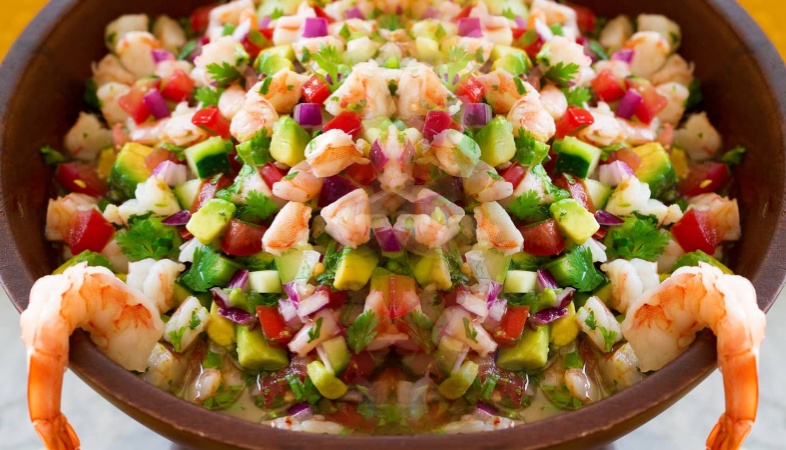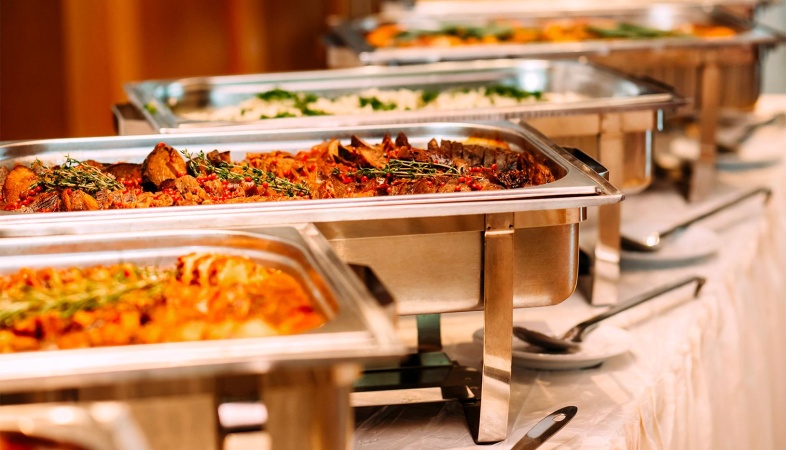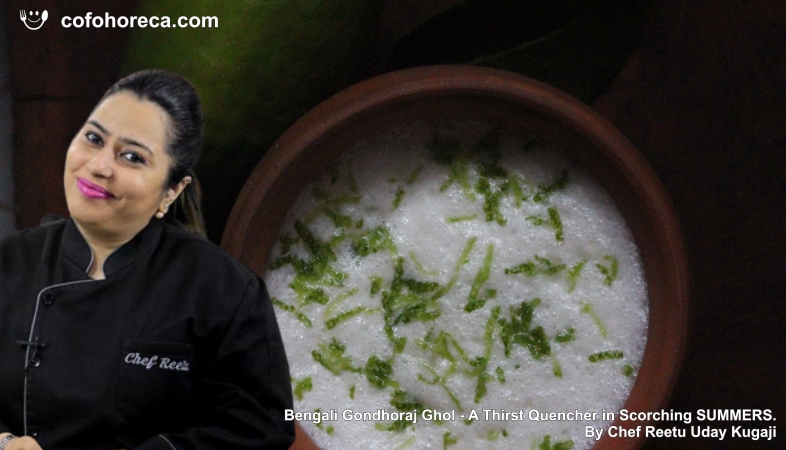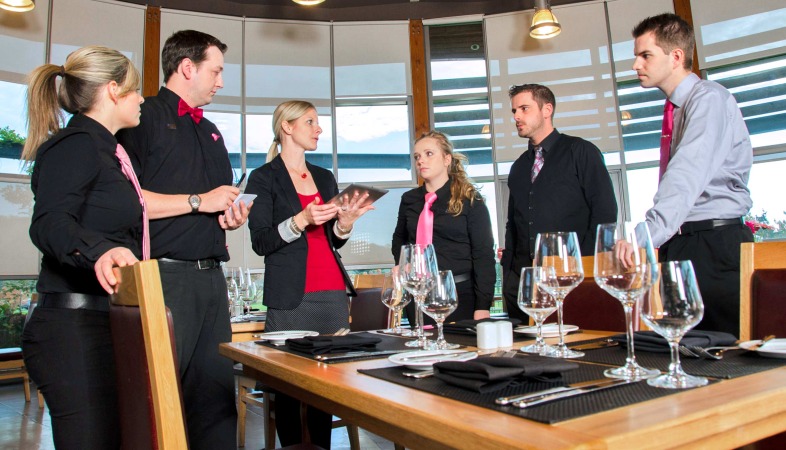Ceviche Chronicles: The Evolution of Latin American Seafood Dishes
Whether enjoyed on a sun-soaked beach in Peru or at a trendy seafood restaurant in New York City, ceviche remains a beloved dish that celebrates the vibrant flavors and traditions of Latin American cuisine.

Ceviche, a traditional Latin American dish, has a rich
history that spans centuries and reflects the diverse culinary traditions of
the region. Originating from the coastal areas of South and Central America,
ceviche has evolved over time, incorporating influences from indigenous
cultures, European colonizers, and modern gastronomic trends. In this
exploration, we'll delve into the fascinating evolution of ceviche and its
enduring popularity as a beloved seafood delicacy.
Historical Roots:
Ceviche traces its origins back to pre-Columbian times when indigenous peoples living along the Pacific coast of South America preserved fish by marinating it in acidic fruit juices such as lime or bitter orange. This method of "cooking" fish using citrus juices was not only a practical means of preservation but also imparted a refreshing tartness and enhanced the flavor of the seafood.
European Influence:
With the arrival of Spanish conquistadors in the 16th century, ceviche underwent further evolution as European ingredients such as onions, garlic, and cilantro were introduced to the dish. The Spanish also brought with them the practice of using citrus fruits like lime and lemon, which became integral components of ceviche marinades.
Regional Variations:
As ceviche spread throughout Latin America, it underwent regional variations, with each country and coastal region putting its own unique spin on the dish. In Peru, for example, ceviche is typically made with fresh white fish such as sea bass or flounder, marinated in lime juice and mixed with onions, chili peppers, and cilantro. In Mexico, ceviche often features shrimp or octopus and is served with avocado, tomato, and jalapeño peppers.
Modern Innovations:
In recent years, chefs and food enthusiasts have continued to innovate and experiment with ceviche, incorporating new ingredients, techniques, and flavor combinations. Modern interpretations of ceviche may include unconventional seafood choices such as scallops, lobster, or even tropical fruits like mango or pineapple. Chefs also experiment with different types of acids for the marinade, such as grapefruit, passion fruit, or even coconut milk, adding layers of complexity to the dish.
Health and Sustainability:
In addition to its delicious flavor and cultural significance, ceviche is also celebrated for its health benefits and sustainability. Made with fresh seafood and vibrant ingredients, ceviche is a light and nutritious dish that is high in protein, vitamins, and omega-3 fatty acids. Moreover, by using locally sourced and sustainably harvested seafood, chefs and restaurants can support responsible fishing practices and promote environmental conservation.
Culinary Diplomacy:
Beyond its culinary appeal, ceviche has also become a symbol of cultural diplomacy and culinary exchange, showcasing the rich diversity and flavors of Latin American cuisine to the world. Ceviche festivals, cooking competitions, and food tours celebrate the dish's heritage and popularity, attracting food lovers from far and wide to savor its tantalizing flavors and learn about its cultural significance.
The evolution of ceviche is a testament to the rich culinary heritage and creativity of Latin America. From its humble origins as a simple fish preservation technique to its status as a global culinary sensation, ceviche continues to captivate palates and inspire chefs around the world. Whether enjoyed on a sun-soaked beach in Peru or at a trendy seafood restaurant in New York City, ceviche remains a beloved dish that celebrates the vibrant flavors and traditions of Latin American cuisine.
.png)









.jpg)



















